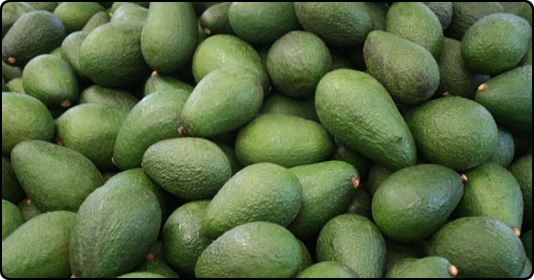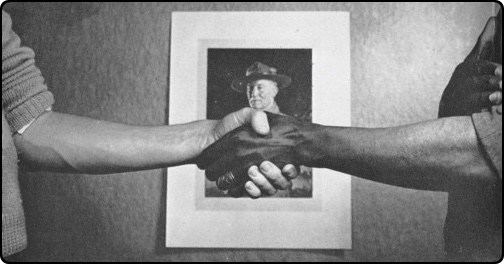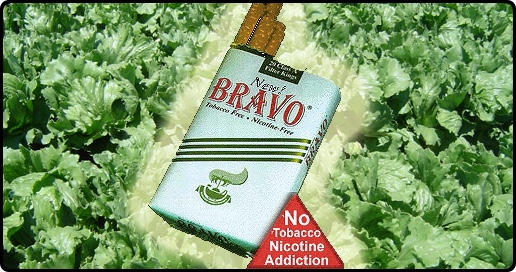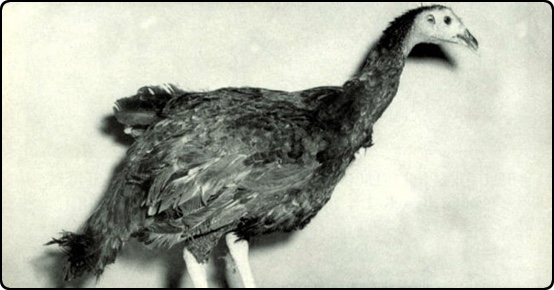The Gallery of Weird Facts
Strange, unusual, and esoteric information
Strange, unusual, and esoteric information
It's widely believed that old people produce a characteristic, unpleasant body odor. Researchers refer to this as "aging odor" — although it's more commonly known as "old people smell." Scientific attempts to identify this odor have been mixed. Some Japanese researchers claim to have identified a volatile chemical (2-nonenal) produced by older people that has a disagreeable, greasy smell. However, an American study couldn't replicate these findings. The American researchers did agree that there were some age-related differences in body odor, but they concluded that the odors of older people were not unpleasant.
Amnesia does not necessarily impair a person's ability to make voting decisions. Psychologists studied a group of individuals suffering from a profound form of amnesia that prevented them from forming new memories. The researchers found that even though the individuals could not remember any facts about political candidates they had previously been shown information about, they nevertheless were able to pick the candidate whose views aligned most closely with their own. The reason for this, the researchers suggested, is because political views are part of "non-declarative memory" — the part of memory that can't be consciously recalled, but which still influences behavior. This may have some analogy with voting among the general population. Survey data consistently shows that many voters remember very little about the issue positions of candidates. But even so, they're able to pick the candidate whose views are most closely aligned with their own.
In La Mesa, California it's illegal to carry over forty pounds of avocados in your car without also carrying a "statement of ownership" of the avocados. If a police officer suspects that you're transporting more than forty pounds of avocados, he can pull you over and demand to see your statement of ownership. If you can't produce the statement, he "may seize such avocados without warrant" and turn them over to the Chief of Police.
In traditional Australian Aboriginal culture it is believed possible for an executioner (or wizard) to kill a person by pointing a bone at them. The pointing bone is prepared by having curses muttered over it. The wizard then positions himself where he can see the victim's face clearly, points the bone in their direction, and utters the curses with which the bone was previously endowed. The victim is supposed to die within a month. In 2004, two Native Australians performed a ritual of pointing a bone at Prime Minister John Howard, but as of 2016, Howard remains alive.
By custom, instead of shaking each other's right hand, Boy Scouts are supposed to greet fellow Scouts with "a warm left hand clasp." Lord Baden-Powell, the founder of the Boy Scouts, claimed that he started this tradition after being told by an African chieftain that, "The men in my tribe greet the bravest with the left hand." But there are other theories about the origin of the custom. It may have been supposed to signify that the left hand is closer to the heart. Or it may have originated with Baden-Powell's lifetime passion for promoting ambidexterity. He wrote, "completeness and symmetry can only be secured by an equal attention to, and exercise of, both sides of the body — the right and the left; and this two-sided growth can alone be promoted and matured by educating our two hands equally."
Bravo Smokes were a nicotine-free cigarette — made out of cured lettuce leaves. They were invented by the chemist Puzant Torigian, who determined that lettuce leaves were the best tobacco substitute, after he also tested kale, grape, cabbage, kohlrabi, spinach, carrot, peanut, tomato leaves, and sugar beet tops. Bravo Smokes went on the market in 1965, but received consistently bad reviews, such as, "worse than dried buggy whip or coffee grounds in a newspaper wrapper." Torigian's company went out of business in 1972, but he eventually managed to find new investors and brought Bravo Smokes back to market in the late 1990s. The second-time around, the company stayed in business for over a decade.
In 1960, scientists with the poultry research branch of the U.S. Department of Agriculture successfully created a chicken-turkey hybrid. They called the new bird a "churk." Because of the difficulty of creating the hybrid, only three male churks were created. They all displayed mental and physical problems. They had only half the intelligence of either chickens or turkeys. They were mostly silent, only letting out a feeble chirp if disturbed. Their feathers grew twisted. They had crooked legs and beaks. And they had to be kept in a separate pen from the chickens and turkeys, to prevent them from being pecked to death.
Diploptera punctata, aka the Pacific Beetle Cockroach, is the only known viviparous cockroach, which means that, like a mammal, its offspring grow inside its body before it gives birth to them. As the embryos develop, the mother cockroach nourishes them with a milk secretion. Researchers have found that this "cockroach milk" is one of the most nutritious and calorie-rich substances in existence. It contains three times the energy of an equivalent mass of dairy milk. The same researchers also suggested that if the milk could be commercially harvested, it might make a "fantastic" protein supplement for humans.
The "theory" of continental drip refers to the observation that many of the major land masses of the Earth seem to "drip" towards the south, much like the wet paint in the Sherwin-Williams trademark. Africa, South America, Baja California, Florida, Greenland, Scandinavia, Italy, Greece, India, Malaysia, Indochina, and Korea all display southerly drips. Continental drip was first given its name by Ormonde de Kay, Jr. in Horizon magazine (Winter 1973). De Kay intended his observation to be humorous. However, the southerly drip has genuinely puzzled many people. Scientists have no explanation for it other than random chance, noting that over the course of the Earth's history the continents have wandered across the globe and have pointed in many different directions.
Pregnancy can be a painful, difficult experience for women. And on occasion, it's painful for the father as well. Some men experience pains and changes to their body similar to those of their pregnant partner. For instance, a man might feel stomach and back pain, develop odd food cravings, and even have his breasts swell. This is known as a sympathetic pregnancy, or Couvade Syndrome (from the French verb couver, meaning to brood or hatch). Some cultures deliberately force fathers to undergo suffering similar to that of the woman. The most elaborate ritual of this kind is found among Huichol Indians. During childbirth, the father sits above his wife, with ropes tied around his testicles and held by his wife. Each time the woman experiences a painful contraction, she pulls on the ropes so that her husband will share her pain.










